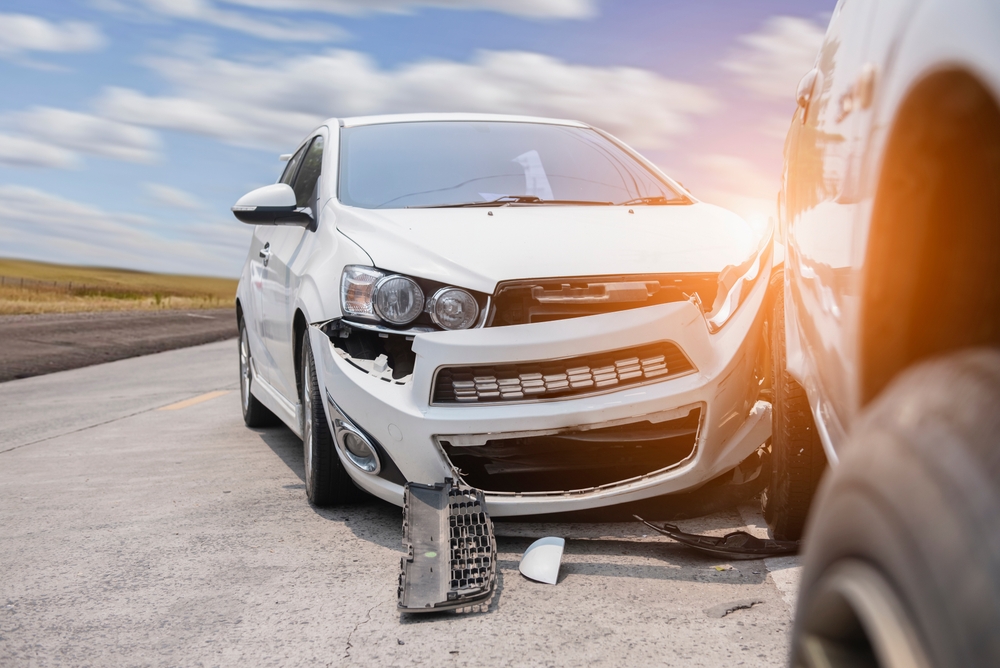NOTE: This information is for educational purposes only. CSS is not accepting or able to help with diminished value claims.
A car that has never been in an accident may be worth thousands more at resale than one that has been in an accident and repaired, even if the repaired car appears to be as good as new and runs better than ever. This is the reality of diminished value, whether repairs did not restore the car to its pre-accident condition, or simply because the car’s history is now tarnished.
How is Diminished Value Calculated?
Most insurance companies use a calculation known as “17c” to arrive at a monetary value for your car in post-accident condition. This formula was first used in a Georgia claims case and derives its name from where it appeared in the court records for this case – paragraph 17, section c. Although formula 17c was approved for use in that one particular claims case, it can be used to arrive at a relatively low value so the formula has been widely adopted as a standard by the insurance industry.
Because you will benefit more from a higher diminished value number, it is important to know both how the insurance company paying your claim will arrive at your car’s current value and its actual value if you were to sell it in its current condition. If, after calculating diminished value for your car in both methods, there is a large discrepancy between the numbers, you may be in a position to negotiate a better deal.
Method 1
Here is how formula 17c works:
- Step 1: Determine the sales value of your car, or the amount that NADA or Kelley Blue Book determines your vehicle is worth.
- Step 2: Apply a 10% cap to that value. Although there is no explanation for why 10% of the starting value determined by NADA or Kelley Blue Book comes off automatically, it is a cap that insurance companies apply.
- Step 3: Apply a multiplier for the damage that does not take into account mechanical damage, but instead whether parts have to be replaced or repaired on the vehicle. The insurance company only covers what cannot be fixed with a new part.
- Step 4: Deduct more value for the mileage of your car and multiply the number you arrived at in step three by the appropriate number from the list below to arrive at the final diminished value of your car using the 17c formula:
-
- 1.0: 0-19,999 miles
- 0.80: 20,000-39,999 miles
- 0.60: 40,000-59,999 miles
- 0.40: 60,000-79,999 miles
- 0.20: 80,000-99.999 miles
- 0.00: 100,000+
Method 2
Here’s how to calculate actual diminished value:
- Step 1: Determine the sales value of your car, or the amount that NADA or Kelley Blue Book determines your vehicle is worth.
- Step 2: Calculate the value of your car after it was damaged. Some law firms multiply the Blue Book value by .33, and subtract that amount to find the estimated post-accident value.
- Step 3: Subtract the value of your car post-accident from the value of your car pre-accident. This will give you a good estimation of the actual diminished value of your vehicle.
If the diminished values determined by both methods are outrageously different, you will need to make your request to the insurance company responsible for reimbursing you for your car’s loss in value as a result of the accident. In most cases, it is the vehicle owner’s responsibility to prove their loss.







